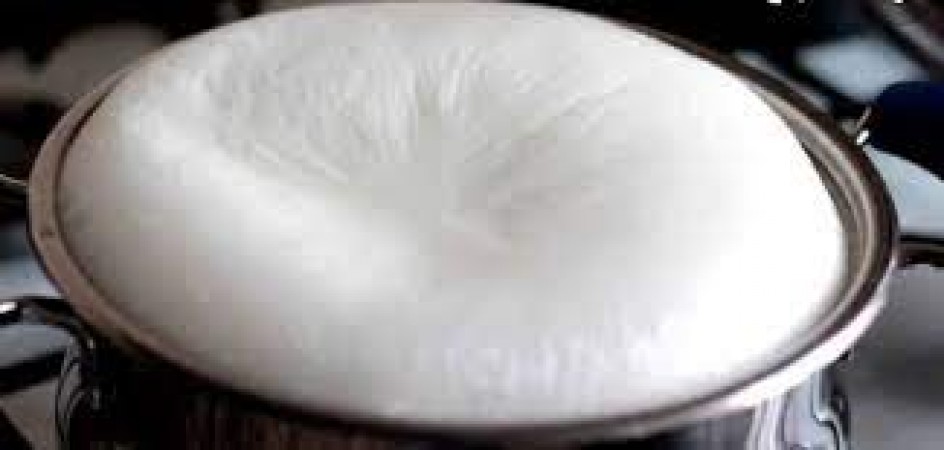
In the realm of culinary practices, boiling milk is a common ritual in many households. However, the question arises: Is it right to boil milk again and again? Let's delve into this age-old practice and unravel the truths behind it.
In various cultures, boiling milk is seen as a customary method to enhance its safety and shelf life. The heat is believed to eliminate harmful bacteria and pathogens, ensuring that the milk remains safe for consumption.
Certain communities adhere to the belief that boiling milk anew can purify it, making it more suitable for consumption. This ritual has been passed down through generations as a symbol of cleanliness and tradition.
Boiling milk does indeed eliminate bacteria, making it safer to drink. The heat disrupts the cell structure of harmful microorganisms, effectively neutralizing them. However, it's important to note that boiling it multiple times may not necessarily offer additional benefits in terms of bacterial reduction.
Repetitive boiling may lead to a decline in the nutritional content of the milk. Essential vitamins like B and C are sensitive to heat, and prolonged exposure can result in their degradation. This raises concerns about potential nutrient loss in overly boiled milk.
Each round of boiling contributes to the formation of a skin-like layer on the surface of the milk. While harmless, some find it less appetizing. The skin, known as the "milk scald," is formed as proteins in the milk coagulate and rise to the surface during heating.
Nutritionists generally recommend avoiding excessive boiling to preserve the nutritional profile of milk. One or two rounds are considered sufficient for safety. They emphasize the importance of striking a balance between ensuring safety and maintaining nutritional integrity.
Culinary experts emphasize the need to balance tradition with practicality. While cultural significance is crucial, mindful consumption and preserving nutrients should also be prioritized. They suggest considering alternative methods that maintain both safety and nutritional value.
In conclusion, boiling milk again can have both positive and negative implications. Striking a balance between cultural practices and scientific insights is key to making an informed choice. Understanding the reasons behind the practice empowers individuals to make decisions that align with their values and health considerations.
Ultimately, whether you choose to boil milk multiple times or not depends on personal preference. Understanding the nuances of the practice allows individuals to make informed decisions that resonate with their cultural background and health preferences.
With an array of milk alternatives available, individuals may consider exploring options like almond, soy, or oat milk, each offering unique benefits. This not only provides variety in taste but also caters to those who may have concerns about the effects of boiling on traditional milk.
Understanding the nutritional variances between traditional milk and alternatives allows for a diversified and customized approach to dietary choices. Individuals can make informed decisions based on their nutritional needs, taste preferences, and health goals.
Brad Hogg Questions RCB's Decision on Cameron Green
Navy Day Celebrations: PM Modi Unveils Chhatrapati Shivaji Maharaj Statue